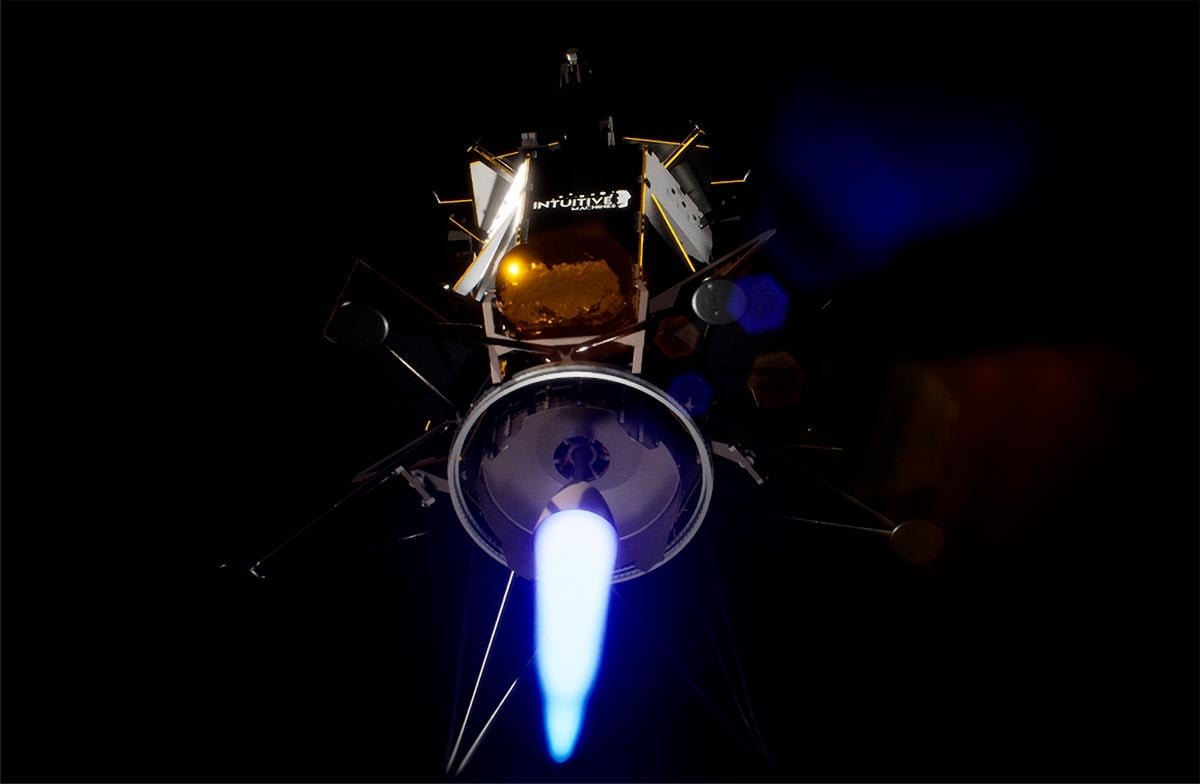Cellular maturation involves transcriptional, metabolic, and physiological changes that drive cell function. In human neurons, this process takes longer than in most other cell types, lasting almost two decades for some neuronal cells.1 One hypothesis suggests that this extended maturation contributes to the unique features of the human brain.2 “The reason why we don’t know that this is true is because we have not been able to study experimentally the influence of developmental timing on the outcome on a neural circuit,” said Pierre Vanderhaeghen, a neurobiologist at the Vlaams Institute for Biotechnology.
Now, in a paper published in Nature, a team at Memorial Sloan Kettering Cancer Center showed that an epigenetic mechanism controls maturation of human neurons by acting as a transcriptional barrier.3 Learning these processes in brain development could improve models and open opportunities to study brain disorders.
Gabriele Ciceri, a study author and developmental biologist at Memorial Sloan Kettering Cancer Center, and his colleagues investigated the underlying mechanisms of neuronal maturation in human neurons. “This pace that is characterized in the different species in vivo is maintained in in vitro models, which suggests that perhaps there is an intrinsic component, so a clock like mechanism that tells the cells at which speed they need to undergo a certain process,” he said.
To study the cellular controls of neuronal maturation, Ciceri and his team first needed to develop a method to culture human pluripotent stem cells (hPSC) into time-synchronized neurons. They inhibited two pathways that promote cellular differentiation in hPSC to generate neuronal precursor cells of the same age.4,5 The researchers then differentiated this population into neurons.
With these synchronized neuron cultures, the team observed their gradual maturity over 100 days by monitoring the development of synapses, cell length, and electrical properties. By using RNA sequencing and assay for transposase- accessible chromatin (ATAC) sequencing, they showed that genes with roles in neuron excitability and connectivity as well as metabolic and immunologic processes activate in a progressive manner.
An epigenetic barrier controls neuronal maturation in humans. Green and red labels indicate pre- and post-synaptic proteins, respectively, in neurons.
Gabriele Ciceri
The researchers noticed that a set of genes involved in chromatin organization and epigenetic pathways in precursor cells was downregulated over the maturation period and investigated their involvement in controlling this process. They deleted a selection of these genes individually in neurons. Loss of chromatin regulators early in neuronal maturation increased the expression of maturation markers and increased electrical activity earlier in cell development. The researchers showed that precursor cells expressed most of these regulators, indicating that they are in place in stem cell differentiation.
Next, the team used pharmacological inhibitors to block histone modifying enzymes during a portion of the culture into precursor cells. Inhibition of three of these proteins independently resulted in accelerated maturation of neurons. The team focused on the role of one protein, enhancer of zeste homolog 2 (EZH2), because of its robust effect on controlling neuron maturation. When the researchers inhibited EZH2 in precursor cell development, the neurons had more action potentials, synapse markers, and maturation RNA expression compared to nontreated cells.
Because EZH2 modifies DNA-bound histones with the addition of methyl groups, the researchers investigated distinct histone modifications in precursor and neuron cells throughout maturation and their relationships with maturation transcription. In precursor cells, some genes involved in synapses exhibited both inhibitory and active histone patterns, indicating genes that were in poised states. Other genes coincided with inhibitory epigenetic signatures at earlier time points, but later in maturation, associated with histone modifications that marked active transcription. Inhibiting EZH2 reduced the presence of inhibitory modifications in early neurons.
In addition to directly modulating maturation gene expression, the team showed that genes for other chromatin regulators exist in poised states in precursor neurons maintained by an EZH2-dependent inhibitory histone modification. Normal neuron maturation or EZH2 inhibition resulted in the activation of these regulators, which contributed to cellular development. “We were somehow releasing this brake and allowing all those maturation genes to be expressed at a faster pace,” Ciceri said.
Vanderhaeghen, who was not involved in the study, found the data showing the influence of chromatin regulators on the rate of neuronal maturation convincing. However, he is interested in learning how other factors, such as metabolism, interact with this observed barrier.6 “If you think of this as a clock, is this one clock or various clocks that interact with one another?” he asked.
Ciceri hopes that the findings and methods from this study will help others in the field investigate neuronal activity and development in more consistent maturation states. This could also be useful for studying neurons from other regions of the brain and for comparing maturation rates in different species. “I am also interested in understanding a little bit more about the mechanism of regulation of these sorts of epigenetic clocks,” Ciceri said.
References
- Marchetto MC, et al. Species-specific maturation profiles of human, chimpanzee and bonobo neural cells. eLife. 2019;8:e37527
- Sousa AMM, et al. Evolution of the human nervous system function, structure and development. 2017;170(2):226-247
- Ciceri G, et al. An epigenetic barrier sets the timing of human neuronal maturation. Nature. 2024;626:881-890
- Chambers SM, et al. Combined small-molecule inhibition accelerates developmental timing and converts human pluripotent stem cells into nociceptors. Nat Biotechnol. 2012;30:715-720
- Maroof AM, et al. Directed differentiation and functional maturation of cortical interneurons from human embryonic stem cells. Cell Stem Cell. 2013;12(5):559-572
- Iwata R, et al. Mitochondria metabolism sets the species-specific tempo of neuronal development. Science. 2023;379(6632):abn4705











